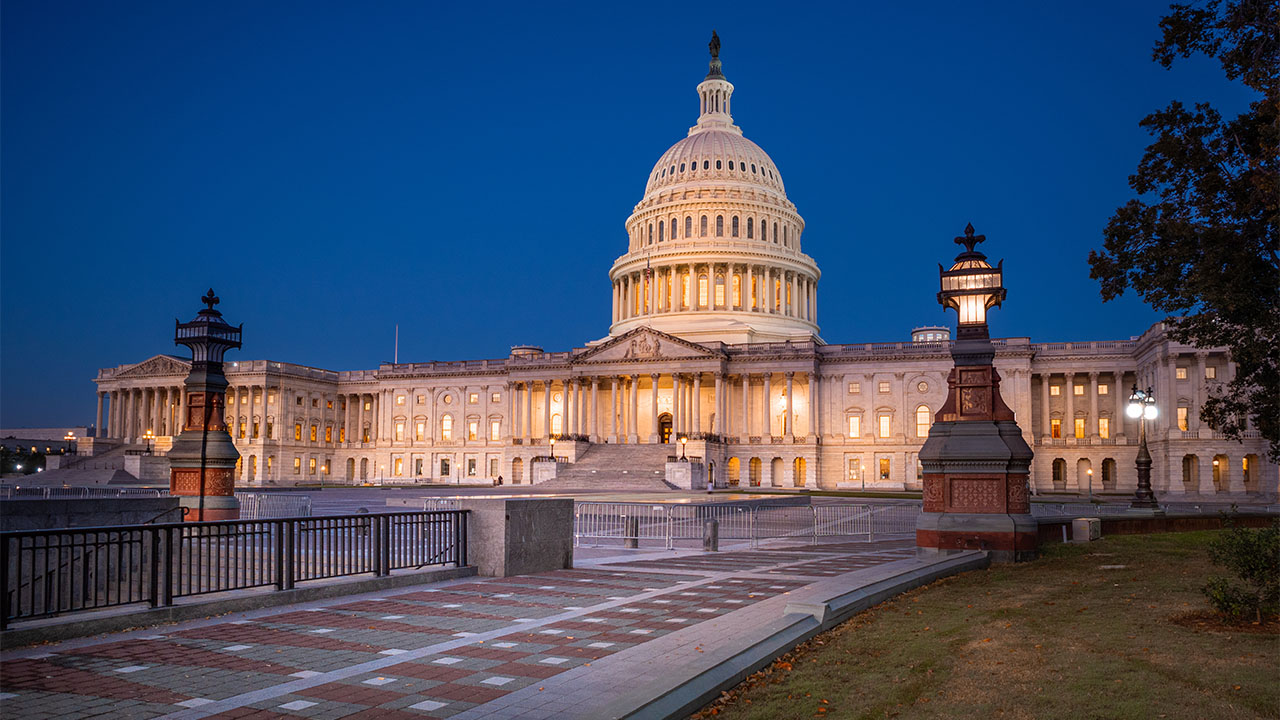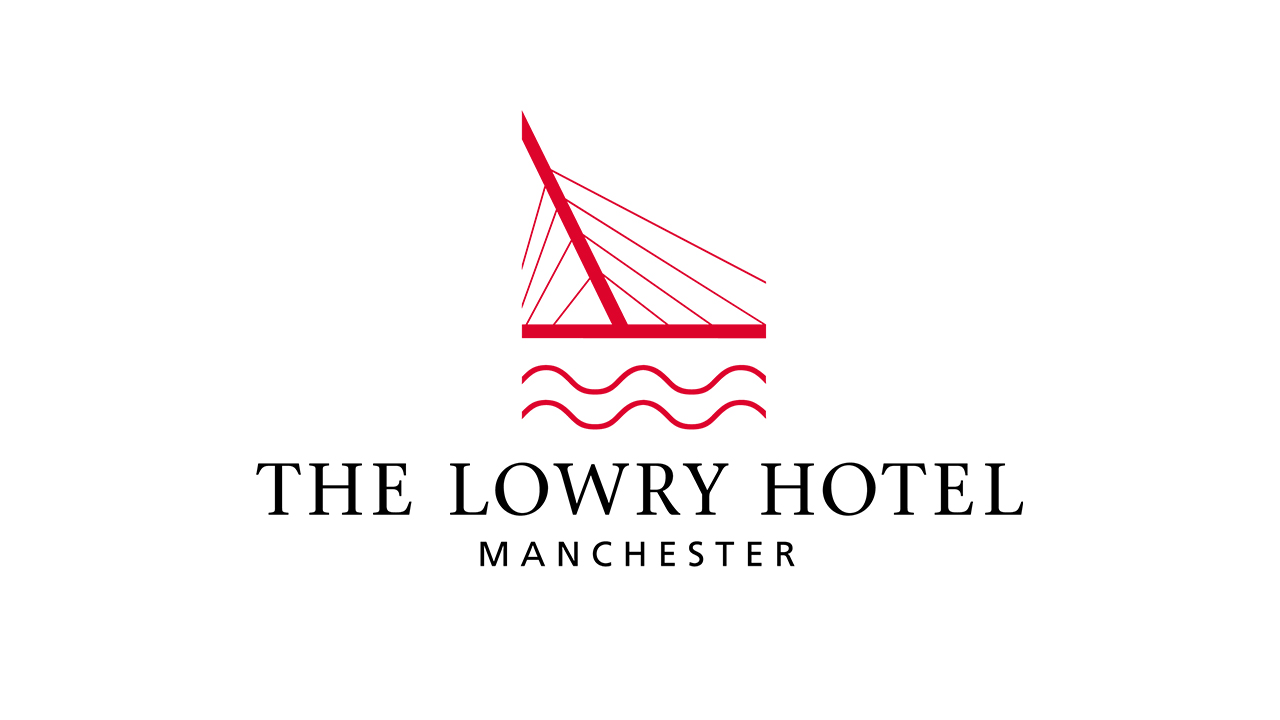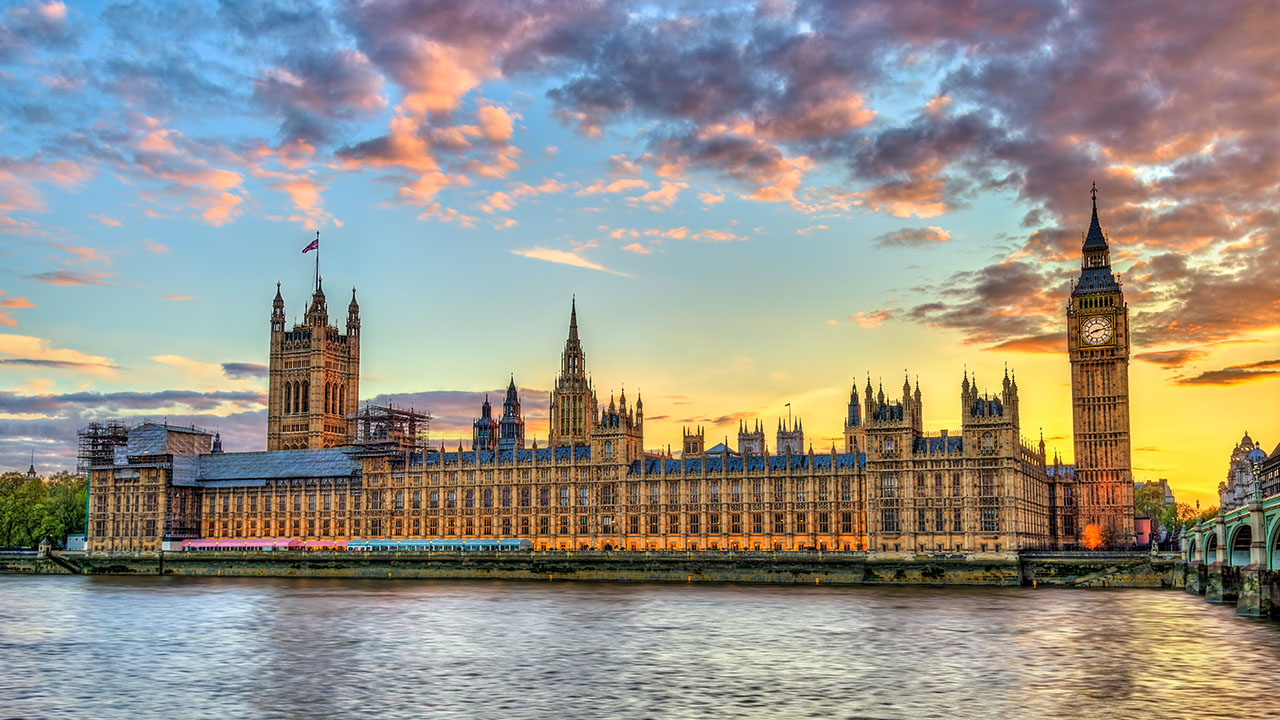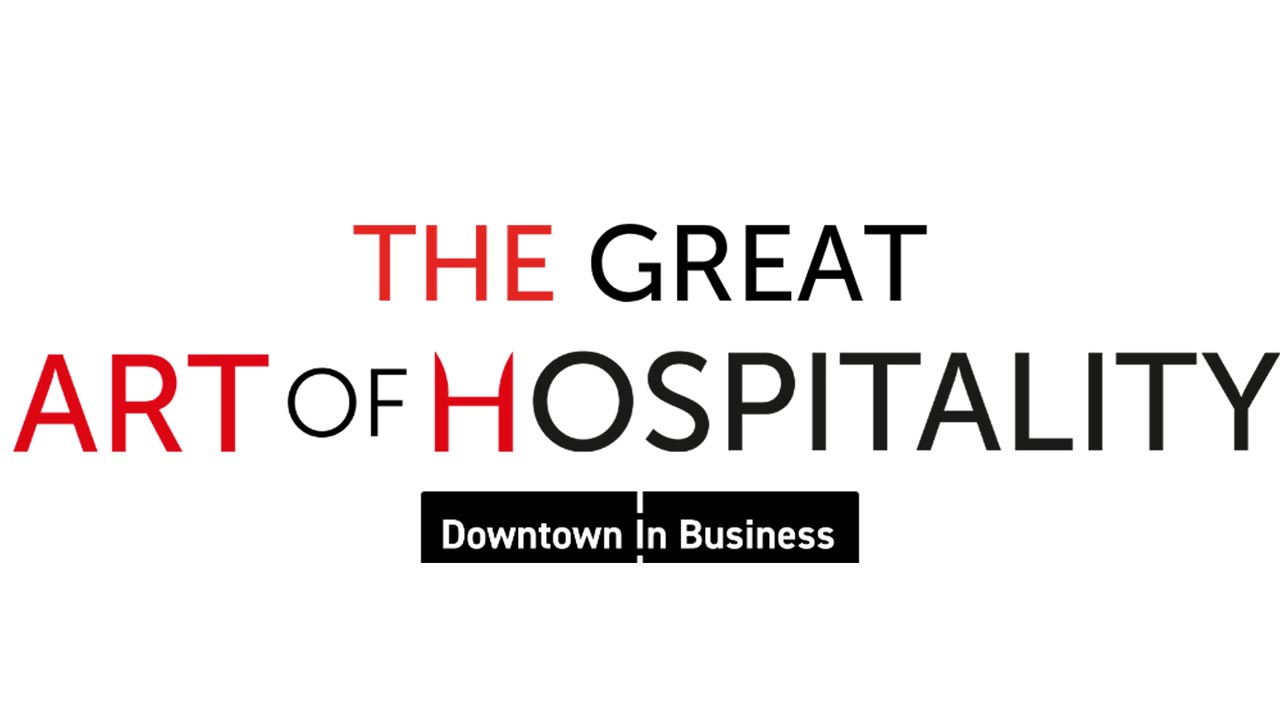I get a fair-few emails from Downtown members asking me how a Birkenhead-boy ended up living on the fabulous Florida Gulf Coast.
In these COVID-riddled times, it is perhaps a tale worth sharing for those of you back in Blighty fed up with Boris’ shenanigans, VAR, and recent price increases in Wetherspoons, and wondering if now – finally – is the time to head to sunnier climes.
For me, back in March 2019, I told myself I would never visit Seagrove Beach, Florida again.
Not because we had fallen out of love with the place where our vacation home was located — with its turquoise blue water, sugar white sand and laid back ‘hometown’ vibe – but because with remote working we could now live there permanently.
Like millions of others around the world as the COVID pandemic hit, our lives, and especially our working lives, changed dramatically.
Office buildings closed, meetings and conferences were cancelled and, for me, a marketing and public affairs consultant, face to face sales, events and engagements were curtailed.
Having spent 25 years working for some of the world’s largest consumer goods companies, government agencies and global advertising firms, I was used to a very corporate life.
Like you, I commuted, attended team meetings, ate meals in company canteens and amassed countless points and miles in airports and hotels.
But here I was, in my early 50’s with high school and college-aged children, about to pack it all in and move to somewhere I will call Zoom Town.
Zoom Town, of course, isn’t an actual place. It has no zip or post code. You won’t Google map it.
It is any number of locations where a community experiences a significant population increase as remote work becomes more popular. The name is a play on “Boomtown” from the days when gold and oil was first discovered and the name of the web conferencing tool, Zoom.
By Summer of 2019, the pandemic had led to the phenomenon of significant migration to small villages, beach communities, ski resorts or rural country towns. Research suggests there are now 35 million global digital nomads working remotely – and nearly 30% of them are Americans.
Americans are always early adopters and that first wave of remote working saw many people move into their second homes, beach houses and ski lodges and turn the third bedroom or den into an office complete with Zoom conference call technology and fast fibre networks.
Firms quickly recognised the advantage of having their staff working remotely, how much happier and more satisfied they were, how productivity improved, and the cost saving of not having to heat and cool or maintain and secure enormous office blocks in New York, Paris, London and Dubai.
Encouraged by this, more and more people started to explore working remotely and looking for the ideal spot to relocate.
But believe me, it isn’t without its obstacles.
There are many considerations for anyone looking to move to Zoom Town.
The first is to decide: Is this a permanent move or just a temporary one?
The idea of packing up your whole life and moving across country or overseas forever isn’t one to take lightly.
For families with school kids in tow, it is even more pronounced.
According to academic and leading urbanologist, Richard Florida, author of the book Who’s Your City, schools are the number one consideration for most remote workers thinking about permanently relocating.
But many of those looking to take advantage of remote working opportunities see this as a temporary option.
They may be thinking when things return to ‘normal’ they will be back in the city again. For others, particularly those classed as Millennials and Generation Z, “permanent “doesn’t mean that much to them.
They may be looking at Zoom Town as somewhere to spend a fixed period or, like digital snowbirds, just the winter months, or perhaps even just ‘somewhere to hang’ until the next great opportunity arises.
We know today’s college leavers don’t expect jobs for life, home ownership and financial securities the previous generations demanded from work, so picking a community which meets their lifestyle aspirations – climate, sporting or cultural – may be high on the list of priorities.
And smart mayors and town officials are now seeing the inherent economic benefits of being a Zoom Town.
Understanding what remote workers want and need and then showcasing it to prospective new residents is what many towns and small cities are now focused on. Some small towns are offering relocation grants, work visas, even free bikes to tempt new remote workers.
Communities are now competing to attract talent. As well as having great natural attractions like lakes, beaches or mountains, city councils and town administrations recognise they need to be providing other important amenities too – the afore mentioned great schools – but also available housing, good transport infrastructure, hospitals and leisure facilities.
And what Zoom Towns have quickly discovered is that this influx of new remote workers is having a huge multiplier effect on the local economy.
Not only do new residents pay their taxes and do their shopping locally, but they also start or create demand for new businesses providing the services they were used to having in their previous urban homes – dog walking and pet sitting, electric bikes and e-scooters, food delivery and coffee shops, health food stores and gyms.
And while comparing house prices, tax rates, proximity to beaches or mountains is important in deciding if Zoom Town living is for you, potential remote workers need to know they can successfully perform their jobs from where they choose to locate.
After all, this is not early retirement or downsizing. It isn’t about dropping out and spending more time with your dog, and though using your free time more enjoyably is a definite bonus, you still must earn a living.
I am lucky. I have transitioned my marketing consultancy which is mainly involved in development, economic regeneration and tourism, to the warm shores of Florida which are ideal. I’m in the same time zone as many of my clients up and down the East Coast plus I can easily get to customers and contacts if the need arises.
My Zoom Town is in fact an entire county and has a modest population of around 100,000, but with good digital infrastructure, great restaurants and bars, two growing airports less than an hour away and bisected by the I-10 interstate for access to New Orleans, Dallas and Houston Atlanta or Tampa – it feels ‘connected’.
And whilst remote working sometimes paints a picture of lonely isolation, the reality is we all need places to co-create, meet likeminded individuals and grow our businesses or careers. Honestly, we need a Downtown in Business USA.
While every Starbucks on earth has a budding playwright working on a script, the best Zoom Towns have dedicated digital studio and conference call centres from which remote executives can have multi-participant events with colleagues or clients and enjoy the tech-support we were used to back in the office.
Here in our Zoom Town, I recently hosted a training event for a multinational agency with tele-conferencing for participants in Europe, New York and Los Angeles. With the digital network, cameras and editing in the hands of dedicated professionals the event was a huge success, a fraction of the cost of flying all these people to one central location for a week and fortunately has led to a new repeat revenue stream for my business too.
But, if I’m honest, the real benefit of living in Zoom Town is your happiness.
I miss a lot of things from home but now in 2022 this feels right. Maybe now is the time for you to try it too?













